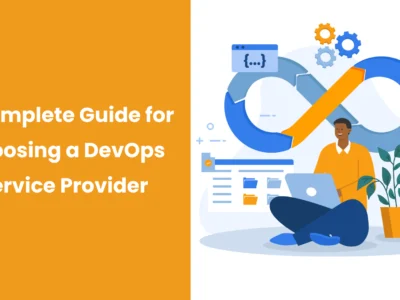Four simple steps: how to hire the right person first time
Recruitment is a hassle at the best of times, and it is often centered on the same characteristics: basic technical skills, academic qualifications, previous jobs held. While this may tick all of the formal boxes, it doesn’t really get to the heart of a person’s suitability for a job, which is far better decided by looking at their behaviors and values.
Thank you for reading this post, don't forget to subscribe!Recruitment can be particularly challenging for small business and startups who don’t always have extensive budgets to throw at the process, and who often need to recruit for a vast range of roles without the help of specialist recruiters. From Directors to Office Administrators, different roles will require different recruitment processes and these are often lost amongst growing businesses that may not be aware of the different needs. The four steps below provide a guide of how to hire the right person the first time around.
Step one: write a job description and person specification
This step is essential to managers who recruit for multiple job levels. Any good job description will outline the practical and educational requirements of a role. But it shouldn’t stop there. Delve a bit further into the specific kind of person that would be most likely to succeed within the role. What do they have to be able to do, and in what ways? What sort of behaviours do they need to demonstrate? This will also aid as a checklist further down the recruitment line when selecting the successful candidate.
Step two: be clear on what you are recruiting for
Recruiting people for their behaviours and values relies a lot on a strong understanding of what these qualities are and what they mean for your business. Behaviours are observable – you can see and hear them. What does the job holder need to do and say in specific situations?
Values are generally innate, and you would expect the same values to apply to all of your staff, at whatever level. It may be that ‘putting the customer first’ is a key value, which will look different for the CEO than from the cleaner. Decide what the value looks like ‘in action’ for the specific job you’re filling.
Step three: ask the right questions in the right way
You probably have a handful of interview questions that you feel produce interesting and provocative responses from interviewees, but what do they actually tell you about the candidate’s behaviours – probably not a great deal! Ask questions which relate to the candidate’s past experiences, rather than pose hypothetical situations in which you ask a person what they would do ‘if…’.
Effectively structuring interview questions so that they are relevant to the specific job will give you far more useful information about a candidate than using the same old list of questions irrespective of which job you’re trying to fill – the extra effort really is worth it.
Use the structure ‘Situation – Action – Effect’ to frame your questions. Ask the candidate to describe a situation, how they acted and what effect their actions had. Given you’ve constructed job-relevant questions, this will give you a good picture of how they deal with situations which are important to your vacancy.
Step 4: exercises that demonstrate behaviours and values
Theory is one thing, practice is another. This is where your assessment centre comes into play, where you ask candidates to go through a number of exercises which simulate typical situations in the job.,
Ask yourself what would make people succeed in this role, and what would cause them to fail, and create exercises to simulate the situation. For example, if giving presentations is a key part of the job, ask candidates to prepare a presentation in advance and present it to you Remember, assessment centres are as much for the candidate as for the recruiting manager, as they pick up a sense of the company while participating, and it can help them to decide how well they would fit in and whether or not this could be the place for their next step on the career ladder.
And finally…
While diversity is more sought after than ever before in the workplace, we still have a natural tendency to recruit in our likeness, praising those we see ourselves in, and dismissing those who ruffle our feathers. You needn’t recruit someone you really dislike just to ensure you aren’t hiring in your likeness, but it is worth considering your own strengths and weaknesses, and where others can make up for you own weaknesses and vice versa.












